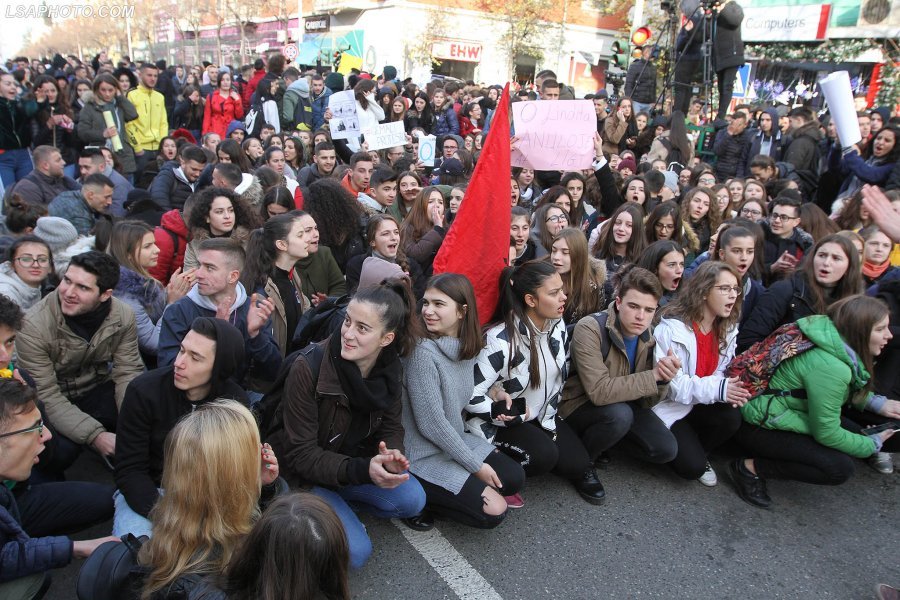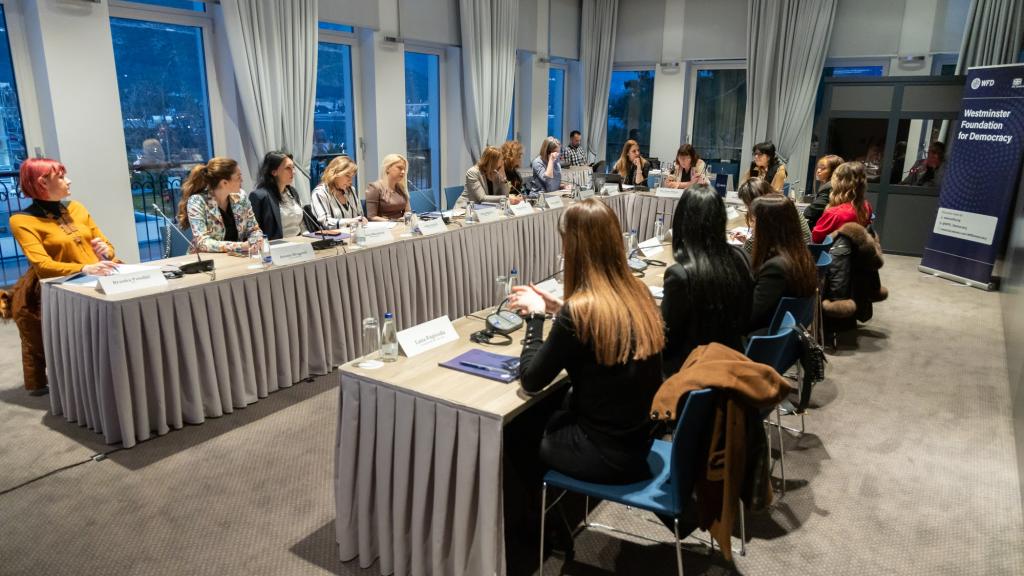With the highest emigration rates in Europe, the Western Balkans face a range of economic and social consequences because of people leaving to find a better life abroad. What is more, young people are the most represented group among emigrants, so the future development of these countries will see more and more challenges. Westminster Foundation for Democracy (WFD), through its Western Balkans Democracy Initiative, is working across the region with a wide range of political and civil society actors to address the factors that push young people to emigrate. In order to get a better picture of the scale of the problem and to understand the dynamics behind it, WFD commissioned analysis that uses an innovative research methodology to extract valuable data on the cost of youth emigration in Albania, Montenegro and North Macedonia.
Having a job is still not enough – North Macedonia
The alarmingly high unemployment rate among the most mobile part of the population – youth – in North Macedonia creates a key problem for young people when they finish their education: it’s difficult to find a job in their chosen profession, or any job for that matter. The minimum wage is lower than the minimum consumer basket, and average earnings are lower than the average consumer basket. Even those who do find a job struggle to make ends meet.
According to OECD estimates, on average 23,000 people a year emigrated from North Macedonia to OECD member countries in 2012-2016. Unemployment, combined with the state of the rule of law, low adherence to laws, perceptions of corruption, the extent of discrimination based on sexual orientation, restrictions on freedom of speech and perceptions of the outlook of this region create a broad range of push factors.
Due to its inability to prevent high levels of annual emigration, North Macedonia loses around €333 million, which is around 3.1 per cent of its 2018 GDP. To put it simply, every person capable of working who leaves North Macedonia takes approximately €15,850 of potential GDP with them.
Smallest nation shrinking – Montenegro
As the smallest Balkan state, with a population of 622,000, Montenegro cannot be compared to other countries in the region in terms of the number of emigrants. However, the share of emigration to total population ranks it among the countries most emigrated from.
The average number of working-age migrants leaving Montenegro is around 3,320 persons per year. The losses that Montenegro faces annually due to emigration amount to €70 million, meaning that that every work-capable person who leaves Montenegro takes approximately €21,561 of some potential future annual GDP with them.
The high unemployment rate among young people in Montenegro – a third of them can’t find any work – combined with low earnings if they do manage to find jobs, certainly does not offer an attractive outlook. With salaries that cannot cover basic necessities, and in an era of TV, the internet and social networks, in which people learn about the lifestyle and standards of their contemporaries in richer countries, can we expect them to stay in their home countries?
Even though Montenegro is the highest ranked EU candidate country in the region in terms of earnings, it lags far behind developed countries: average earnings in Montenegro are four or five times lower than in Austria, France, and Germany, six times lower than in the USA, and and nine times lower than in Switzerland.
A long history of migration – Albania
Albania loses about €559 million annually due to emigration. This means that every person who is capable of working who leaves Albania takes on average around €14,900 of potential annual GDP with them.
In 2015, 69,000 incoming Albanians were registered in Germany alone. The International Organisation for Migration (IOM), recorded over one million Albanian migrants across the world in 2017. The total population in the country is currently around 2.9 million – almost every fourth Albanian lives abroad. This number was reached in less than three decades, after the fall of the previous regime in 1990.
Two of the main social problems in Albania are poverty and unemployment. According to the World Bank, around 30 per cent of Albanians live below the poverty line, and half of them live in extreme poverty. The chances the economy will improve are slim, as young people, who can spur development, are rapidly leaving the country. They state the lack of prospects and hope for a better future as the main reason for departing.
A 2018 study on Youth in Southeast Europe found that more than 40 per cent of young people in Albania have a strong desire to move abroad, and most of them will never return. Another 20 per cent of young people have a moderate desire to leave. More than half of those who desire to leave (56 per cent) state that the main reason is to look for a better standard of living. Another 18 per cent state they would like better employment possibilities, while 17 per cent expect better education.




